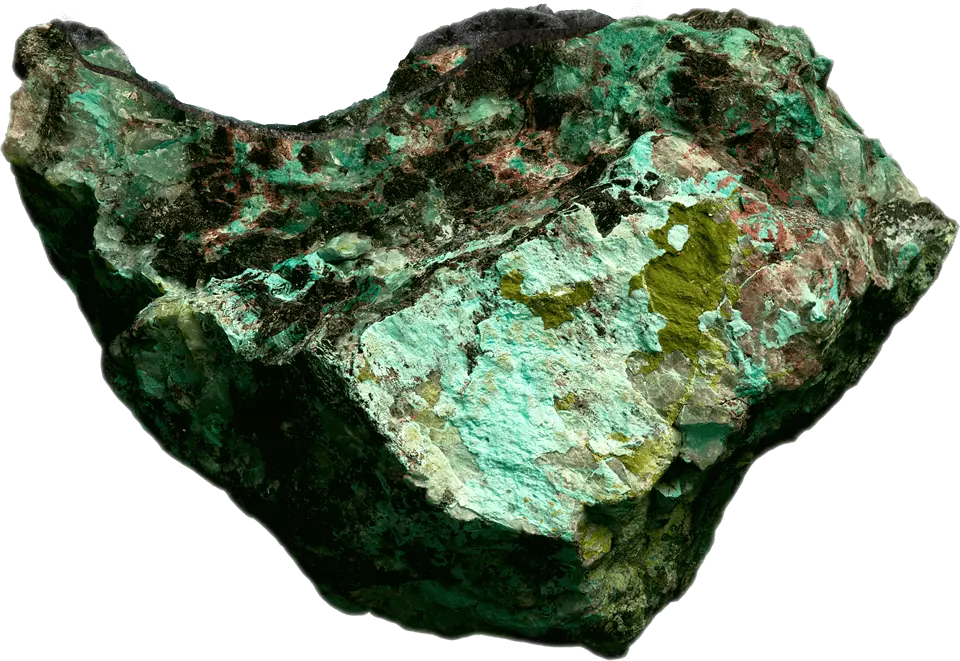A landmark investment
The Skouries project, which is part of the Kassandra Mines, is located on the Halkidiki peninsula in northern Greece. This copper-gold porphyry deposit will be mined using a combination of surface and underground mining technologies, alongside the best-in-class sustainable practices. Based on the 2021 Feasibility Study, the initial life of the mine is approximately 20 years, and it is expected to produce on average 140,000 ounces of gold and 67 million pounds of copper per year.
By the end of the third quarter of 2025, Phase 2 construction was 73% complete. First production of copper-gold concentrate is expected toward the end of the first quarter of 2026, with commercial production expected in mid-2026.
Once operational, it will place Greece among the top gold-producing countries in Europe. Greece will also become a significant producer of copper contributing to the transition of the EU to a circular economy.Download the Skouries Project Brochure PDF


